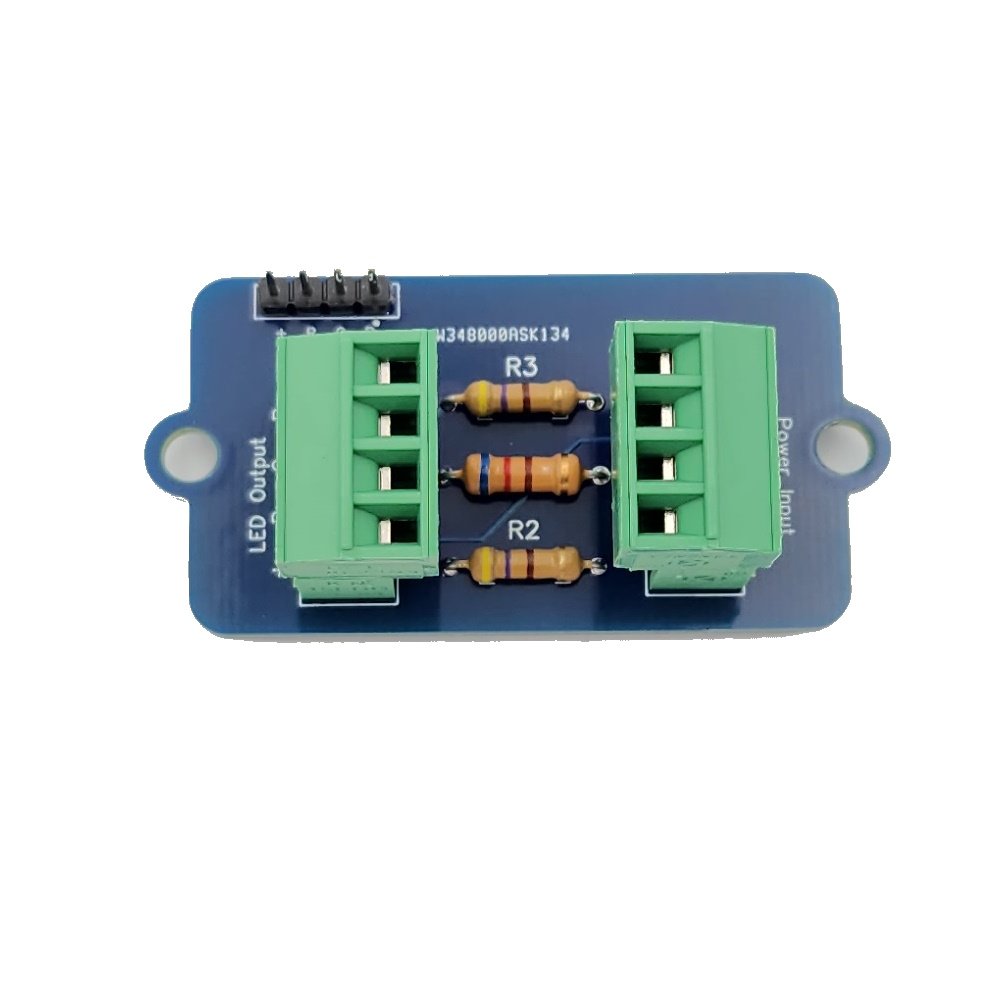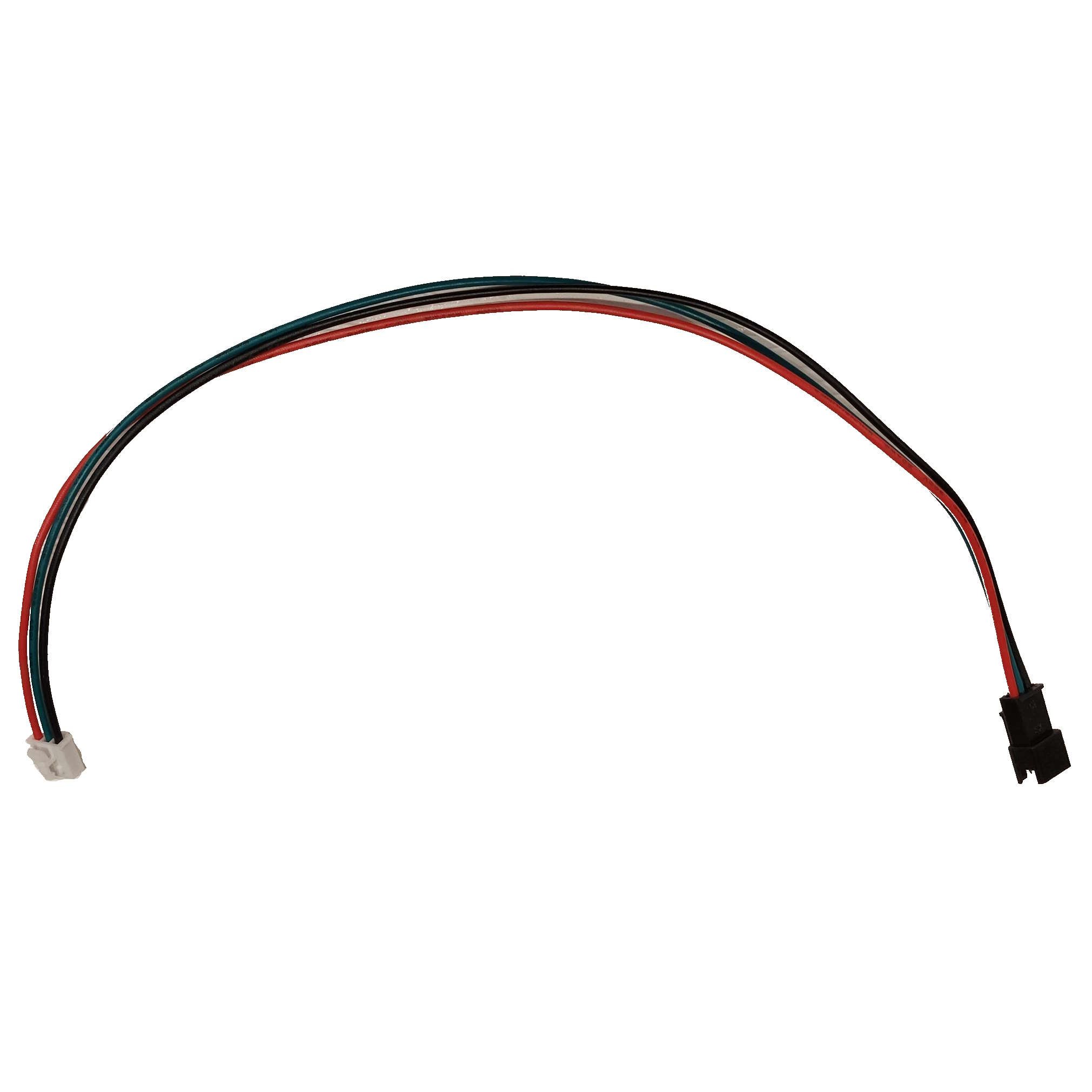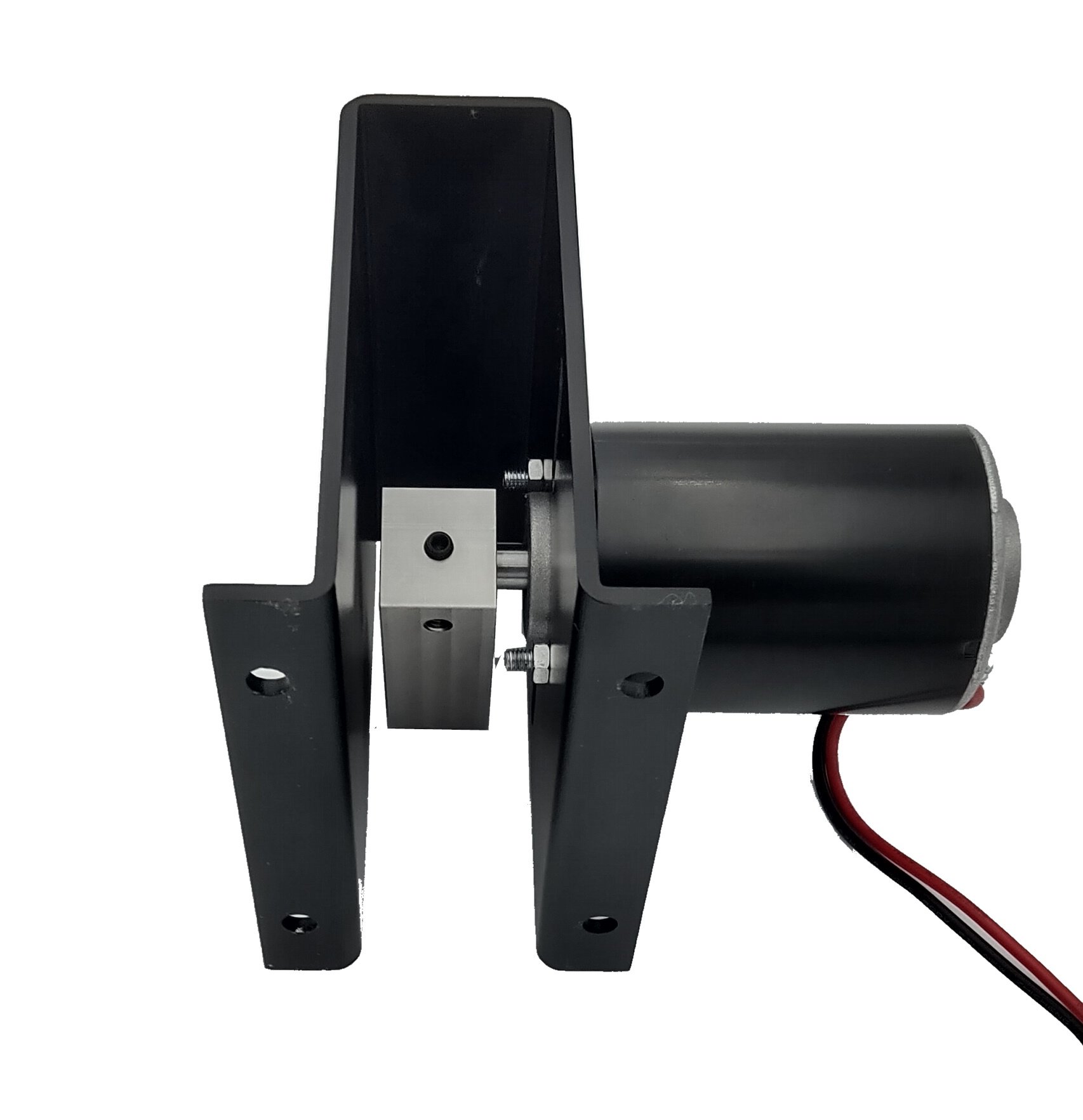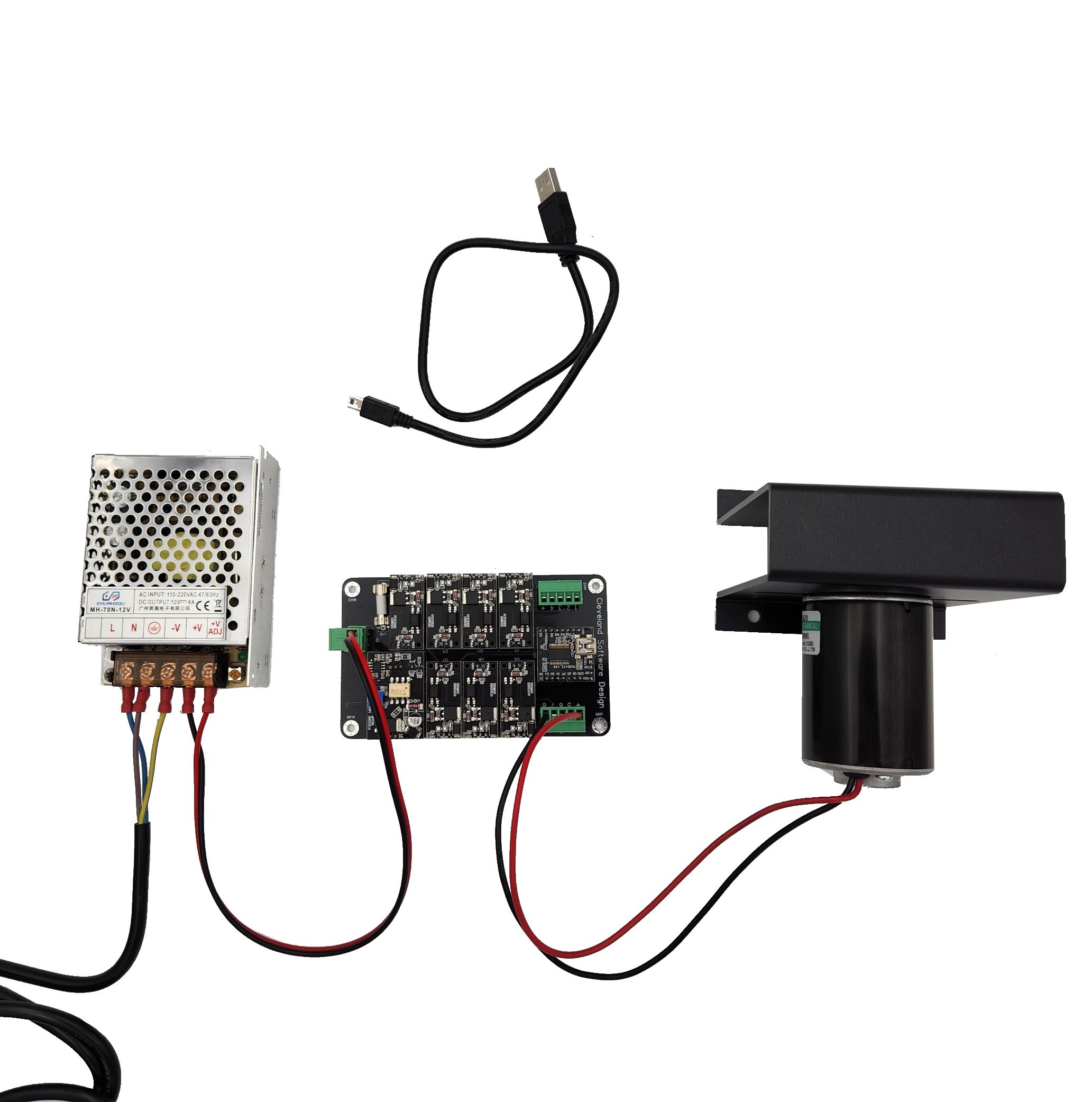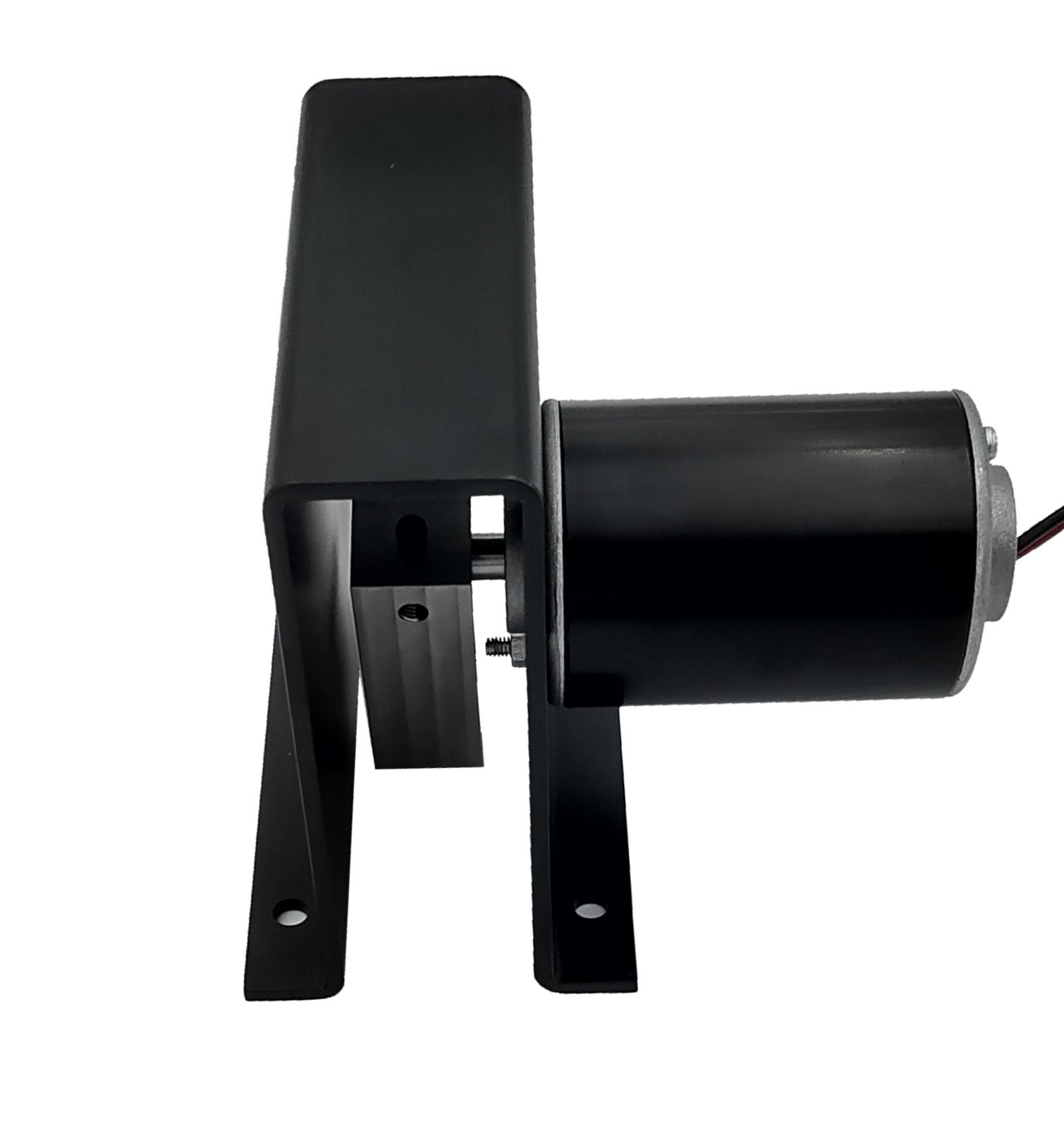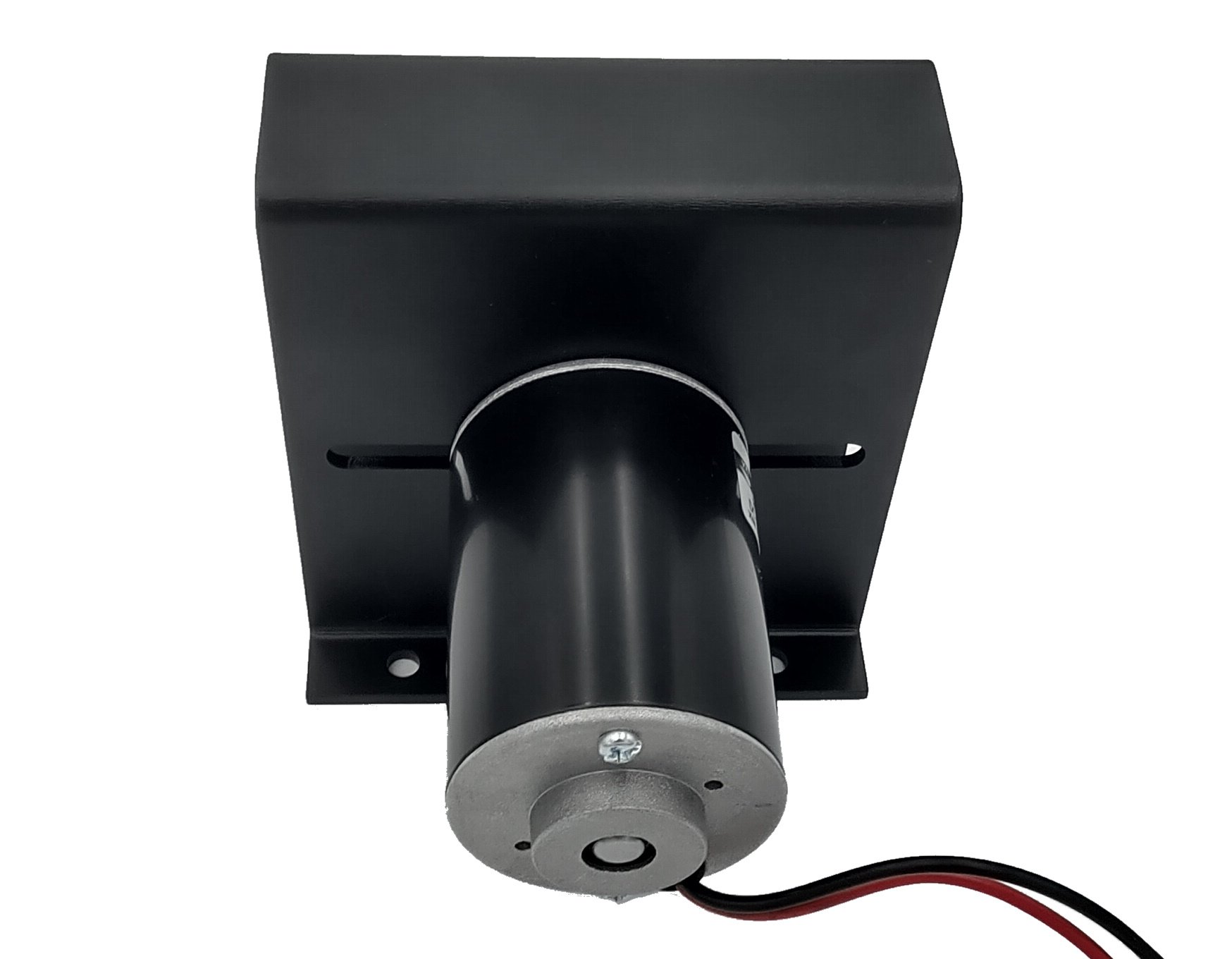Solenoid Life Extender
Simply put this in between the power or relay board and your 12-24 volt solenoids and enjoy the benefits of never over exerting your solenoids and also substantially reducing arc voltage to your board. This comes with pluggable screw terminals at each end for easy assembly and diodes already installed for suppressing arc voltage. The capacitor network further reduces arc voltage and noise to prevent any feedback making its way into your computer. Some setups use ground as the common terminal between the solenoids and switch the 12/24v, while others use 12/24v as the common terminal and switch the ground connection between the solenoids, be sure to select the right option before purchasing, as these boards are sensitive to polarity. If you are purchasing the relay board from this site, then select “Positive (12V)”. Most other commercial boards also use the Positive (12V) option, so that is the most popular option. If you are unsure of what to select, then you can reach out to me and I help you determine the right option.
Simply put this in between the power or relay board and your 12-24 volt solenoids and enjoy the benefits of never over exerting your solenoids and also substantially reducing arc voltage to your board. This comes with pluggable screw terminals at each end for easy assembly and diodes already installed for suppressing arc voltage. The capacitor network further reduces arc voltage and noise to prevent any feedback making its way into your computer. Some setups use ground as the common terminal between the solenoids and switch the 12/24v, while others use 12/24v as the common terminal and switch the ground connection between the solenoids, be sure to select the right option before purchasing, as these boards are sensitive to polarity. If you are purchasing the relay board from this site, then select “Positive (12V)”. Most other commercial boards also use the Positive (12V) option, so that is the most popular option. If you are unsure of what to select, then you can reach out to me and I help you determine the right option.
Simply put this in between the power or relay board and your 12-24 volt solenoids and enjoy the benefits of never over exerting your solenoids and also substantially reducing arc voltage to your board. This comes with pluggable screw terminals at each end for easy assembly and diodes already installed for suppressing arc voltage. The capacitor network further reduces arc voltage and noise to prevent any feedback making its way into your computer. Some setups use ground as the common terminal between the solenoids and switch the 12/24v, while others use 12/24v as the common terminal and switch the ground connection between the solenoids, be sure to select the right option before purchasing, as these boards are sensitive to polarity. If you are purchasing the relay board from this site, then select “Positive (12V)”. Most other commercial boards also use the Positive (12V) option, so that is the most popular option. If you are unsure of what to select, then you can reach out to me and I help you determine the right option.
Note: This board will work with any 12V-24V solenoid and will support up to 8A of current, so you can use with real pinball solenoids and knockers too!
This board allows the full voltage and current to actuate the solenoids, but then reduces the current to a maintainable level to hold the solenoids in place until released
Why should I rely on these instead of a software solution like the flipper logic in pinscape?
It's a hardware solution, which is much more robust than what you get with a software solution, there are multiple scenarios where the software can fail and running a solenoid at full power will cause massive overheating, and catastrophic failure is inevitable.
My boards are also much faster than what a software solution can provide. The solenoids are at full power for only 16 milliseconds on the fastest setting, that's so fast that even if you are hitting the flippers as fast as you can, they still will not overheat, that is not the case with most software logic solutions. Because the reaction is so fast, I can add a slow blow fuse that will get triggered if any solenoid happens to run at full power, which adds another layer of protection from overheating.
Many times you want to use the PWM outputs for other things, and this frees them up for those other things
Since you have a hardware solution, and the reaction time is so fast, the power requirements are super low. You can run 10 solenoids off a 5A power supply and never run into problems. That by itself is a huge benefit to using the life extenders. Some people will say you don't need them for the pop bumpers, but if you don't have them, then you need a massive power supply to run all those solenoids as each one uses 3.8 amps of current.
The PWM on my boards are a higher frequency so you do not have the humming issue you will get when run through pinscape — mine are completely silent.








